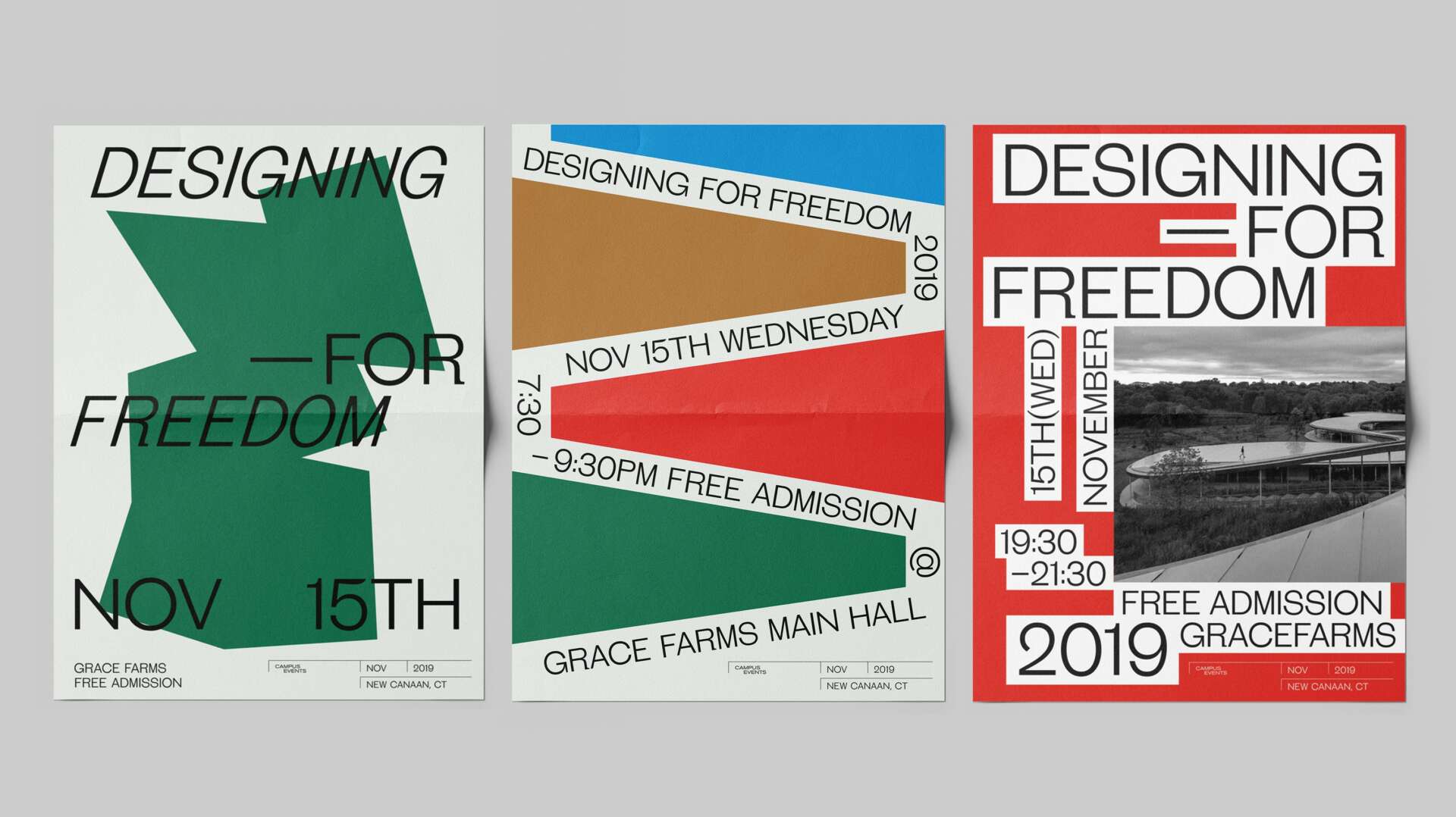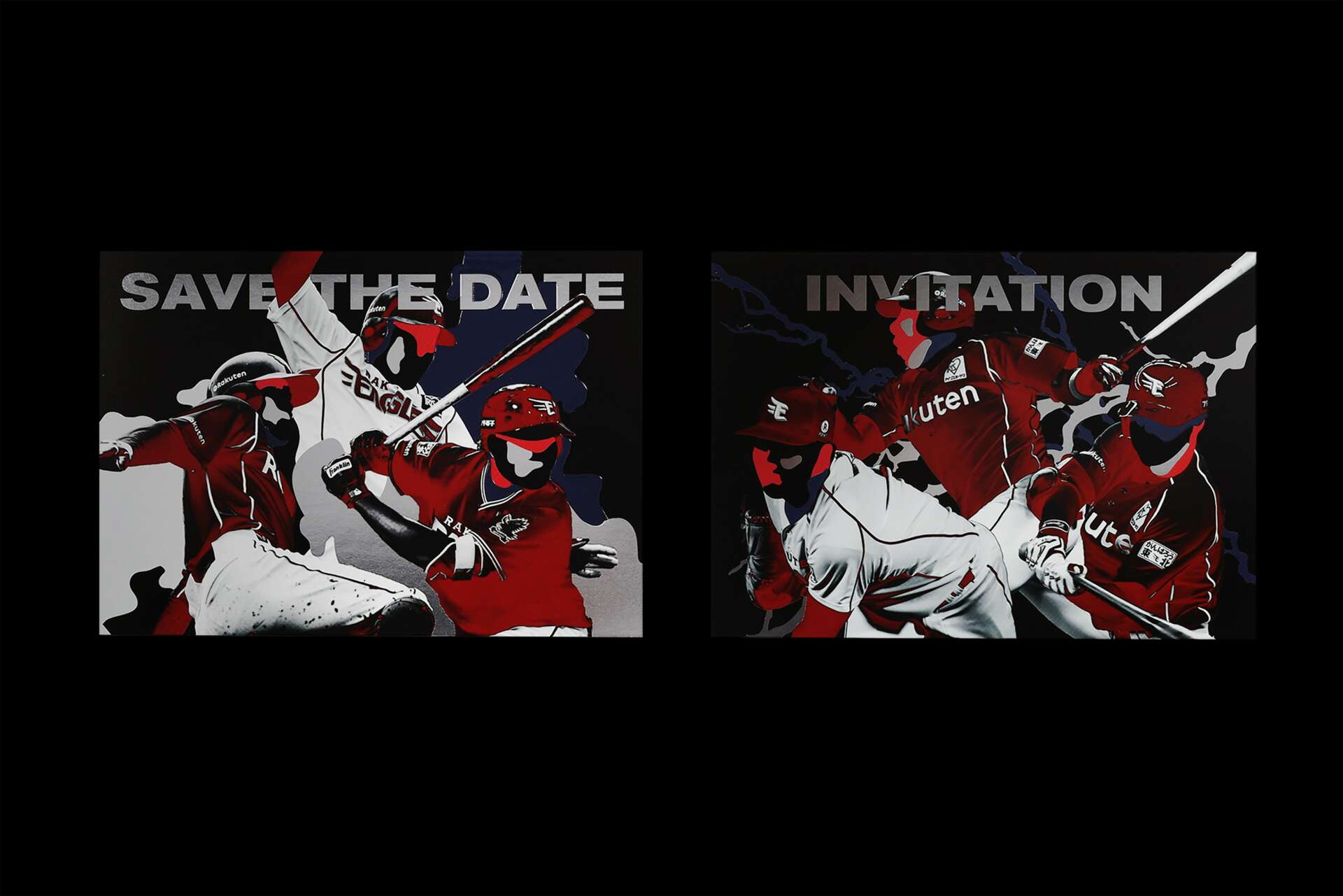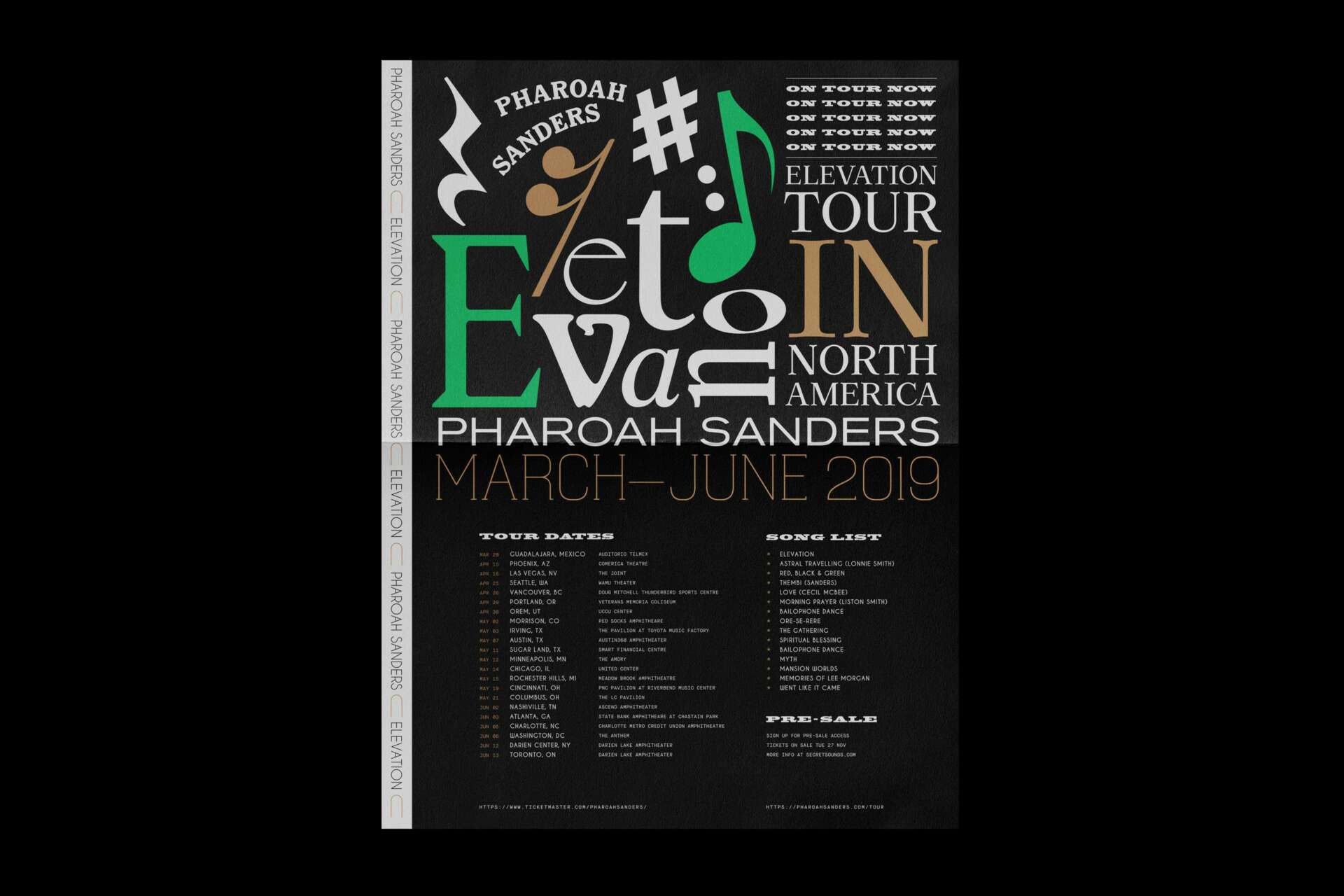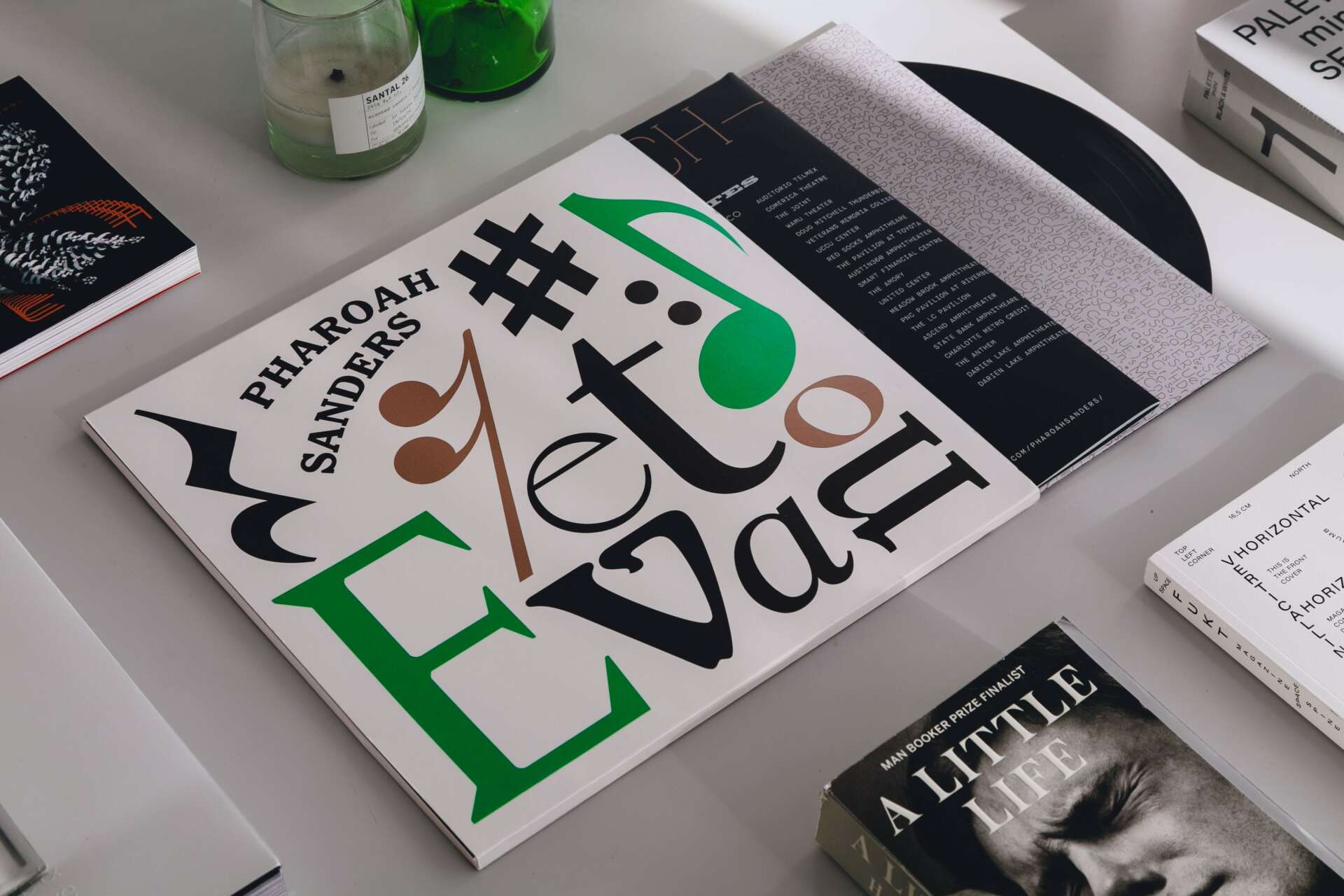We caught up with the brilliant and insightful Chaoqun Wang a few weeks ago and have shared our conversation below.
Chaoqun, looking forward to hearing all of your stories today. We’d love to start by getting your thoughts on what you are seeing as some the biggest trends emerging in your industry.
Let’s address the hot topic in our industry: AI. I know there’s been a lot of buzz and some concern about AI potentially overshadowing human designers. While I acknowledge the apprehension surrounding AI’s burgeoning capacity to execute creative tasks – from generating new images and ideas to batch processing based on prompts – I want to offer a nuanced perspective on this topic.
Throughout history, humans have consistently strived to develop machines and technologies that revolutionize our ways of working. From the advent of automobiles to electric cars, and innovations like autopiloting and voice assistance, we’ve constantly sought to innovate in response to everyday challenges and evolving technological needs. Unlike AI, these advancements have been driven by a distinctly human quality: compassion. Our ability to empathize and understand the reasons behind these changes is something AI, as we know it today, lacks.
AI, in its current state, builds its knowledge from vast pools of existing data – books, online resources, and various channels. It excels at pinpointing specific information, amalgamating its knowledge base, and enhancing our existing work. This makes AI a potentially invaluable tool, particularly in tasks that involve laboriously sifting through data to overcome obstacles. AI can rapidly analyze millions of data points, offering not just solutions but also suggesting new avenues for research based on identified patterns and relevancies.
However, when we think of human imagination – a blend of sensations, feelings, and thoughts – AI shows its limits. Human imagination is not just a process; it’s an expedition into the depths of our experiences, memories, aspirations, and emotions. It’s where we embrace the intangible, the whimsical, and sometimes the utterly fantastical. This rich, intricate journey of the mind stirs emotions in a way that AI’s form of “imagination” simply cannot replicate. Where AI assembles and analyzes data, the human mind creates and feels, painting with a palette of dreams and experiences that transcend mere data. It’s in this vast, vibrant landscape of human creativity that our true strength lies – a strength that is as beautifully unpredictable as it is profound.
Through relentless training of data and knowledge, AI has become a pioneer in logistical efficiency. AI can scan through layers of information, pinpoint specifics, and offer new perspectives and enhancements to our work. Consider the laborious hours we spend seeking the right data to resolve a creative impasse. AI can swiftly navigate these waters, bringing not just solutions but perhaps even unveiling new directions for exploration. This can be incredibly useful in production-heavy projects or when exploring various facets of a concept.
In conclusion, while AI might replace some aspects of design, particularly those that are repetitive and style-bound, it’s less likely to supplant the truly creative minds that constantly seek to push boundaries. AI continues to learn from human design, which poses new challenges and opportunities for our thinking and creative processes. Currently, AI is more adept at organizing and structuring, rather than replicating the uniquely human way of expressing and thinking – a blend of beauty and chaos. I would encourge all the creatives out there to view AI as a powerful tool, an extension of our very own creative capabilities, rather than a replacement.




Any resources you can share with us that might be helpful to other creatives?
I am an Art Director and Designer based in New York, originally from China. My journey into design was fueled by a deep-seated interest in the interplay of visual and cultural narratives across the globe. My curiosity propelled me to immerse myself in diverse cultural settings, including a transformative role I took up in Japan working as a visual designer.
My professional path has been a blend of experiences with industry giants and creative powerhouses like Rakuten, Apple, Google, and Wolff Olins, leading me to my current role as Design Director at Tom Ford Beauty. What drives my design philosophy is a narrative approach, much like Henri Matisse’s work, where imagery, graphics, and typography interlace to tell a compelling story.

How about pivoting – can you share the story of a time you’ve had to pivot?
One of my early career milestones, which I still regard as a breakthrough, was a typeface design project in 2017. At the time, I was working as a visual designer at a tech giant in Japan. While Silicon Valley had already embraced the creation of corporate typefaces, Japan was just beginning to explore this concept. Despite being a major player domestically, our company was still relatively unknown internationally.
This period was quite dynamic. To gain global visibility, the company was acquiring businesses overseas and sponsoring major soccer and basketball teams. Concurrently, we were undergoing a comprehensive rebranding to unify our domestic and international services under the corporate umbrella.
However, even with a unified design system – including brand identity, color palette, and UI language – our digital presence across various platforms remained inconsistent. That’s when I proposed the idea of developing a corporate-wide typeface. This suggestion was not readily accepted; as a junior member working under a renowned head of creative, my role was generally confined to specific tasks. Every time I brought up the idea, I faced subtle hints about my perceived lack of business acumen.
Undeterred, I spent over 10 months conducting internal research, networking, and online studies to build a strong business case for the typeface. My approach went beyond the simplistic “everyone else is doing it, so should we.” I focused on demonstrating the tangible business benefits, including budget implications, potential impact, and how it could streamline our brand presence.
Eventually, my persistence paid off. The typeface project was approved and brought to life by a team of brilliant individuals. To my pride and surprise, as a mid-level creative, I led a project that went on to win multiple international awards and was featured in major media outlets like Forbes and It’s Nice That. This experience taught me the value of believing in your vision and the power of persistence in bringing that vision to life.
Link to the article:
https://www.itsnicethat.com/news/dalton-maag-rakuten-font-typeface-graphic-design-050820

Contact Info:
- Website: https://www.chaoqun-wang.work/
- Instagram: https://www.instagram.com/qunnie_w
- Linkedin: https://www.linkedin.com/in/chaoqunwang/


